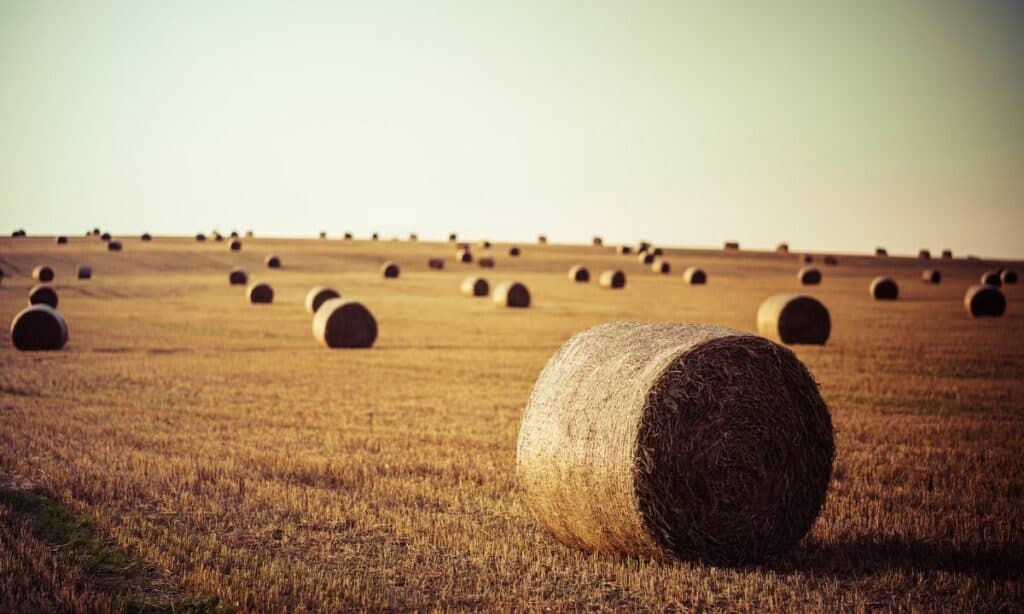- How Much Does a Bale of Hay Cost - August 15, 2023
- What is a Grade Horse: A Comprehensive Guide on Unknown Creatures of the Equestrian World - August 1, 2023
- Best Barrell Saddles - July 31, 2023
In most States, the most commonly used bale of hay costs around $10-12. Owing to its diverse market, nevertheless, hay caters to different shapes and sizes, which include square, rectangle, and round hay bales.
However, as most barns and stables prefer square bales for their easy management, they range from small square hay bales, weighing between 45 and 85 lbs, to 4x4x8 Square hay bales, weighing up to 1,800 lbs., with their cost varying from $8 to $150.
But remember, hay prices are affected by many factors, which may depend on time or region. Also, by properly managing your hay usage, you can save a lot of hay from getting wasted, which would lead to an overall drop in the cost of hay.
So, if you want to know everything about how much does a bale of hay cost, don’t forget to read this article to the end. This will enable you to manage your time and budget without compromising your horse’s diet.
Why Hay
When it comes to hay, it offers unlimited benefits to your horse. However, its most common five features from an equestrian viewpoint include:
- Hay is also more manageable than other roughages.
- Horses love it more than other forages, such as chaff or beet pulp
- Hay is more suitable for horses’ digestive systems, as it helps avoid colic and gastrointestinal disturbances while keeping you away from veterinary bills.
- Chewing hay prevents issues such as tooth overgrowth and also keeps your horse busy while preventing it from getting bored; something that is essential for the horse’s mental health.
- Many ranchers even use hay to make bedding for their horses.
Selecting The Right Type Of Hay
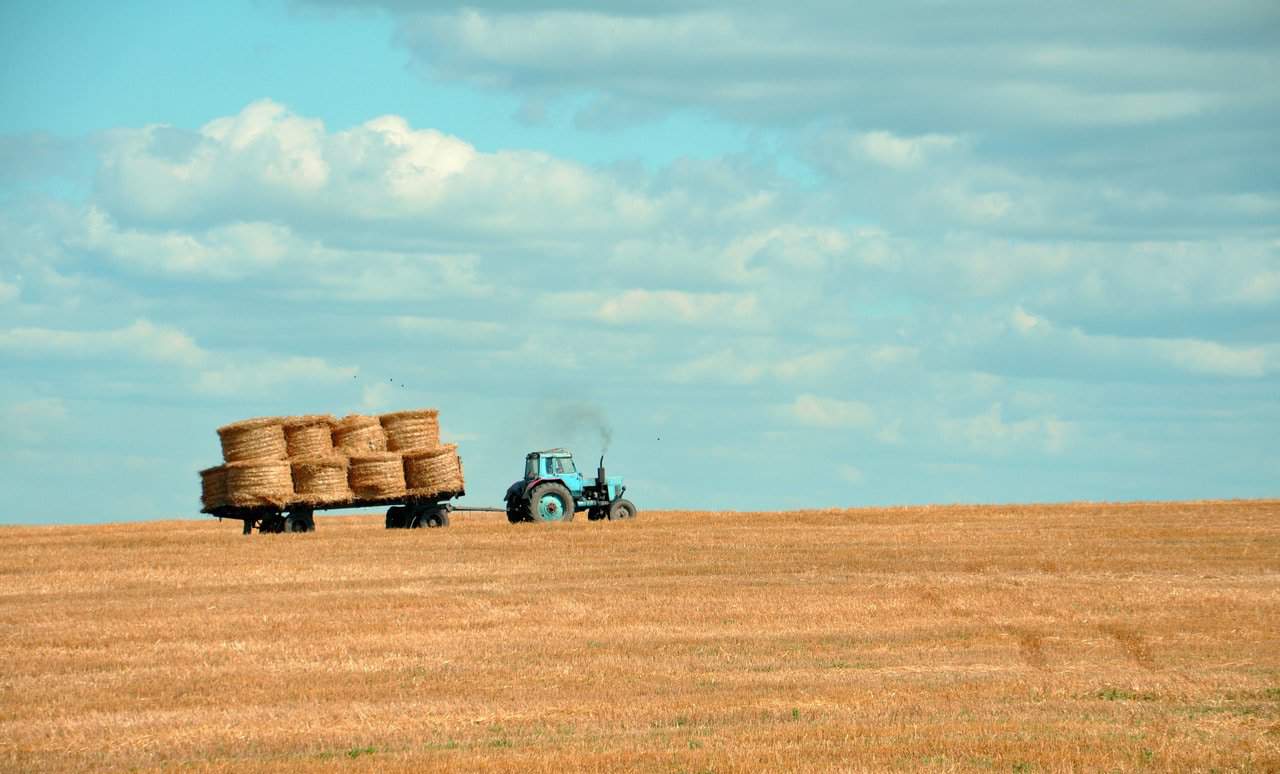
With a variety of hay available in the market, some are full of nutrients with an expensive price tag, while others are affordable, which wouldn’t set you back. Out of these, the most common bales of hay used by most equestrians include:
| Type Of Hay | Availability | Nutritional Value | Avg. Price of a small square bale |
| Timothy Hay | Spring and Fall | An exceptional source of fiber with low protein content | $20 |
| Alfalfa Hay | Summer and Spring | A high-quality protein source and rich in calcium and vitamin content | $18-20 |
| Bermudagrass Hay | Summer and Spring | Moderate Energy Content.It contains both Acid detergent fiber (ADF) and Neutral detergent fiber (NDF) | $9 |
However, it is important to understand that not every hay type is for every horse, and you must select one that best suits your equine buddy.
Timothy hay suits senior horses, as it offers a soft and chewable texture. Similarly, if your horse is adult and healthy, Bermudagrass hay will work fine, which is an affordable option.
But for brood horses, during their pregnancy and lactation, there is nothing better than Alfalfa hay, which would cost you almost double. So, by understanding your horse’s needs, you can always select the hay option, which would ensure health and save some dollars.
Where to Buy Bale Of Hay From
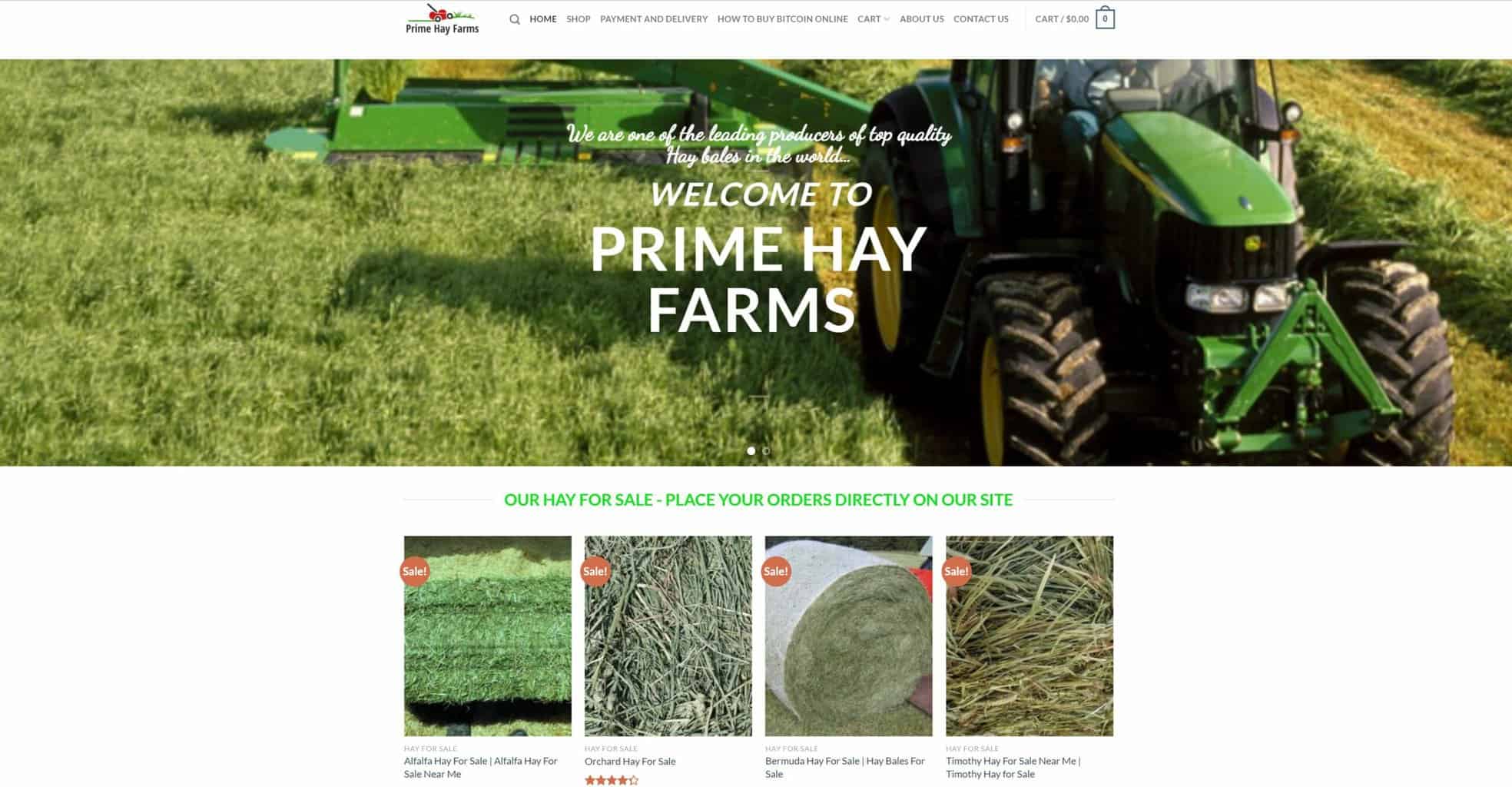
I always recommend starting your bale of hay search online, as different online sites, Prime Hay Farms, for instance, offer affordable rates than brick and mortar stores.
Nevertheless, as most online sites only offer in bulk, going to your local farmer’s market is not a bad option. There is a possibility that the price difference is not much, and you might be saved from spending extra on fuel and transportation.
However, if the prices offered by your local market are high, make a call to the nearby farm or hay supplier and ask them for a quote to see if going there would be a feasible option or not.
Factors Affecting The Hay Cost
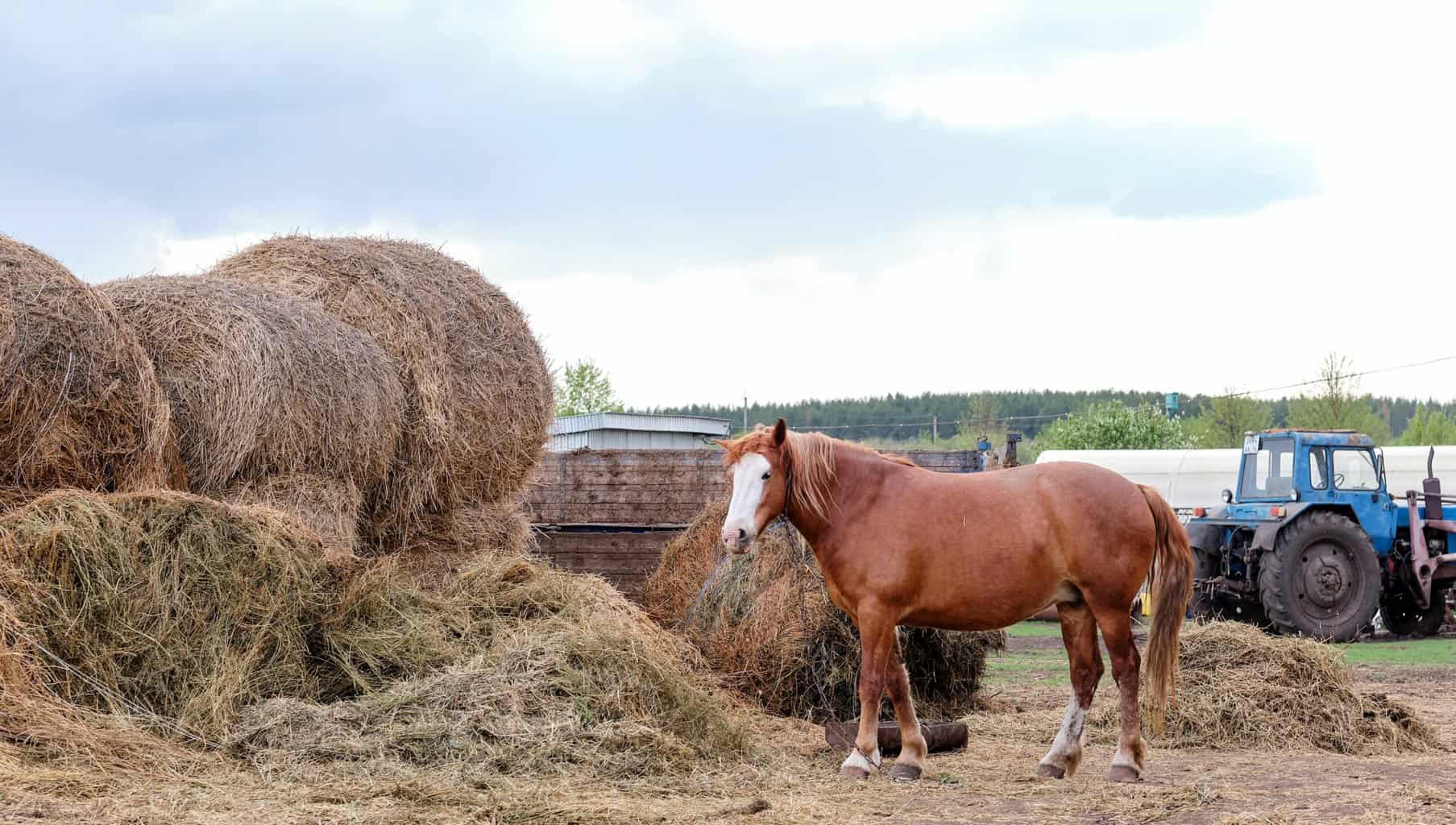
- Its prices and demand are normally low in spring due to the abundance of natural forage. While in winter and fall, due to hay shortage and an increase in its demand, its prices also soar.
- The price of hay is directly affected by its quality standard, starting from Grade 1, a premium quality product with more leaves and minimal weed content, to Grade 4, which is low in quality.
- Hay cultivated in organic farms costs more than normal hay.
- The price of hay is directly affected by natural calamities, disturbing its supply and demand cycle, which might take a few months to get back to normal.
- Government policies and subsidies have a huge impact on hay costs. The prices can go up and down based on the state’s pesticide and herbicide regulations. Even incentives like irrigation policies can be a reason for hay cost fluctuation in the market. Not to mention, fluctuation in fuel prices also disturbs the price of hay.
- Some farms, such as those in Northern California, have better soil conditions for hay, while others use exclusive machinery for cutting, raking, and bailing hay; even the rate of skilled labor can be the reason for variable hay costs across different farms.
- The location of the farms also affects the hay cost. For instance, in Arkansas, Nevada, or New Mexico, a similar square bale of hay might cost double than that in Ohio, Pennsylvania, or Wisconsin.
- Last but not least, the hay preservation mechanism and storage can also lead to disparity in hay prices, as, though most hay producers use natural drying, some use expensive mechanical drying resources, which might require special sheds and more labor, increasing the hay price manifold.
How Much Does Hay Cost Annually
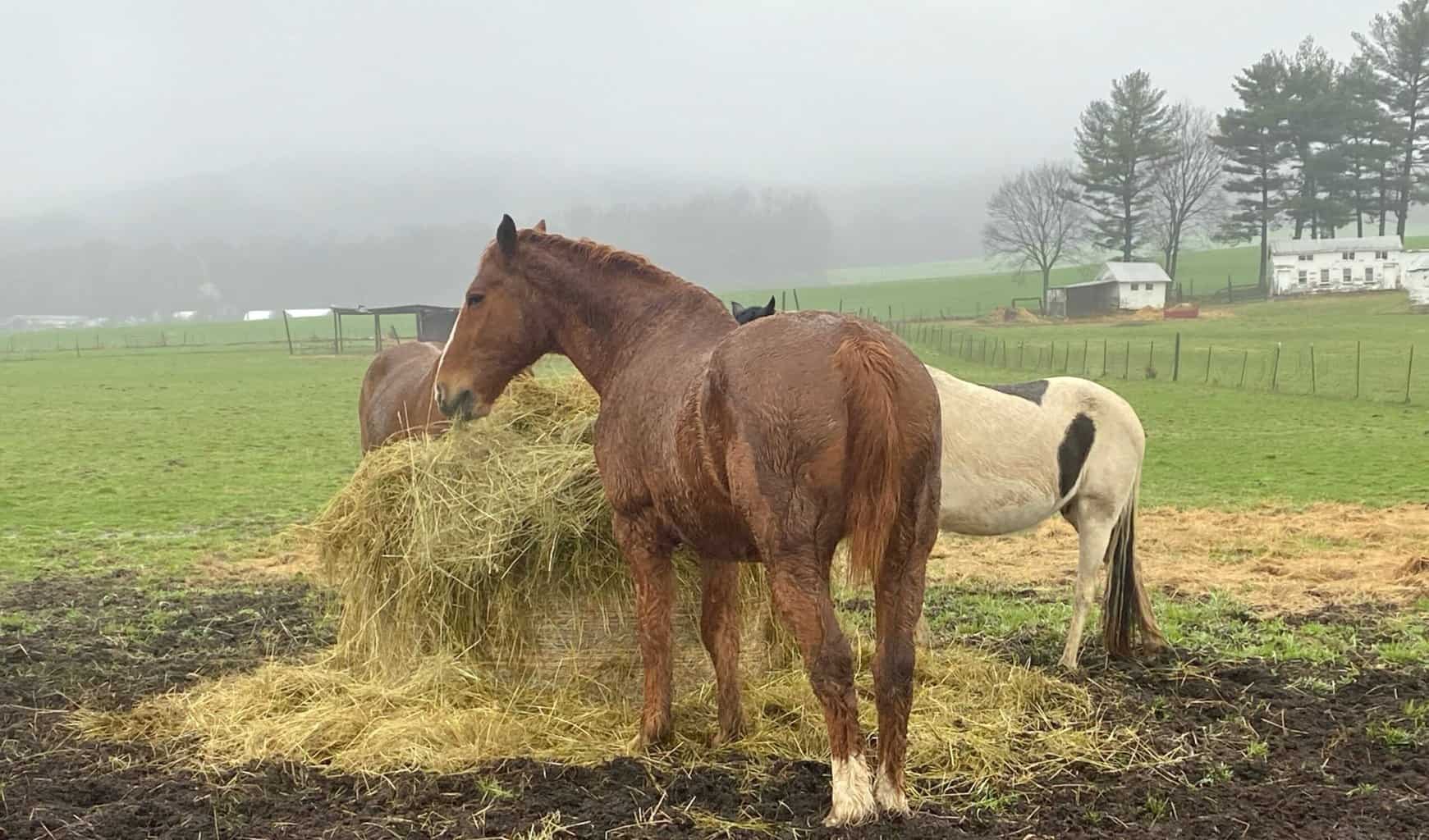
Though the feeding portion varies with different sizes of horses, an average stable horse can eat between 20 to 25 pounds daily. However, as a rule of thumb, you should not be feeding your horse more than 2.5 to 3% of its body weight daily, even if it is used for heavy work.
Based on this information, if you are purchasing 75-pound bales, you would need approximately 120 bales to feed a 1,200-pound horse for the year. Thereby, if you feed a mix of Alfalfa and Bermudagrass hay, which would average $15/bale, 120 small bales would cost around $1,800 for the year.
So, if, for instance, you own three horses and you are looking to stockpile their hay for a year, you might need to buy 13.5 tons of hay, which would cost about $5400. But remember, when it comes to feeding horses, it is necessary to feed them in the right way. You must not keep your horse’s feeding bucket full all the time and should estimate the required diet based on your horse’s routine.
Partying Thoughts
With a wide range of hay prices, I recommend buying hay from authorized retailers for quality feed. However, for more affordable prices, visit the nearby farms, which might offer a rate anywhere between $10 to $12 a bale. And don’t forget to take a look at online sites, as they have promotions going on from time to time.
An average horse might eat 9000 lbs. of hay in a year, which could cost you around 1800 dollars. However, if you only go for Timothy or Alfalfa hay, the price could easily increase by 50%.
But remember, it’s not always about how much does a bale of hay costs; knowing about when to feed and what to feed can also help you better manage your hay usage.
Read More:
Best Horse Hoof Supplements Guide – My Top 5 Picks

